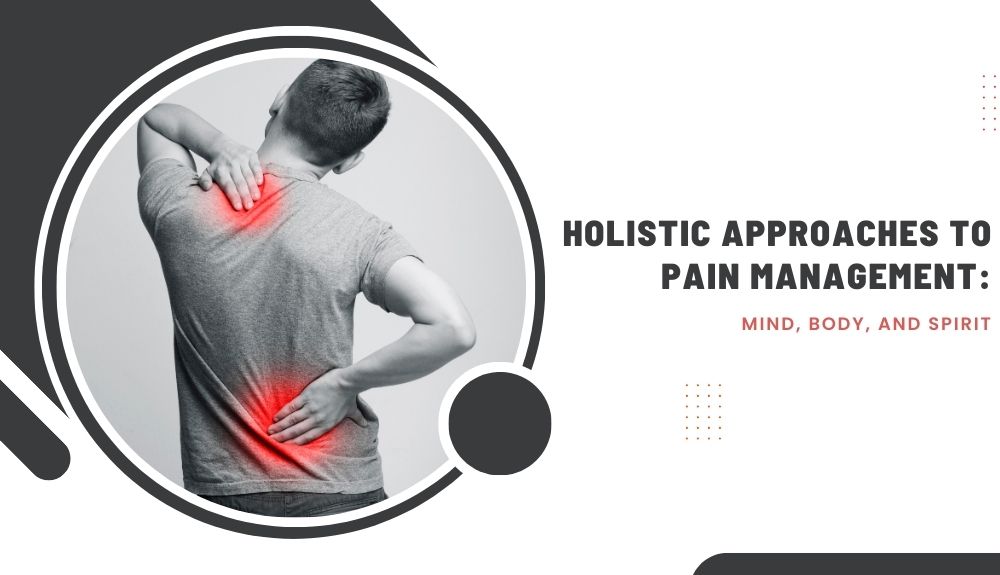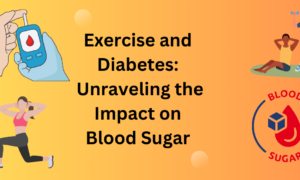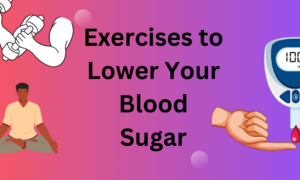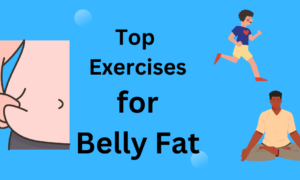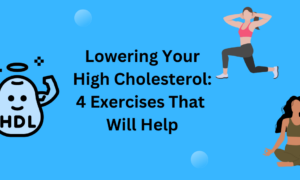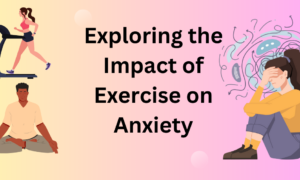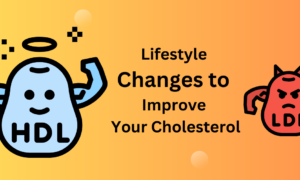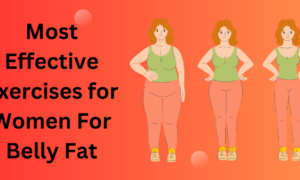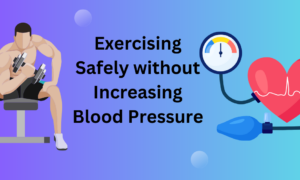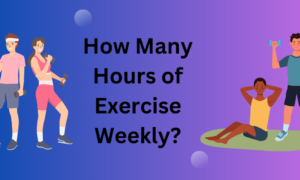Pain is a universal experience that impacts us on multiple levels – physically, mentally, and spiritually. While traditional approaches to pain management have their place, the holistic path offers a more comprehensive way to address and alleviate pain. By exploring the mind-body-spirit connection and embracing alternative therapies, we can unlock new avenues for relief and long-term well-being. Join us on this journey as we delve into the world of holistic approaches to pain management.
Understanding Pain: The Mind, Body, and Spirit Connection
Pain is not just a physical sensation but a complex interplay of the mind, body, and spirit. The way we perceive pain is deeply influenced by our thoughts, emotions, and beliefs. Stress and anxiety can amplify pain signals in the brain, making it feel more intense than it actually is.
Our bodies are intricate systems where pain manifests as a signal that something is off balance. Chronic pain can take a toll on our physical health, leading to muscle tension, decreased mobility, and fatigue. By understanding how our bodies react to pain, we can better tailor holistic approaches to address it at its root.
The spiritual aspect of pain involves tapping into our inner resilience and finding meaning in the midst of suffering. Practices like meditation and mindfulness can help us cultivate a sense of peace and acceptance amidst discomfort. When we acknowledge the mind-body-spirit connection in dealing with pain, we open up new possibilities for healing and transformation.
Traditional vs. Holistic Approaches to Pain Management
When it comes to managing pain, there are often two main approaches: traditional and holistic.
Traditional methods typically involve medications that aim to alleviate symptoms temporarily. While these can be effective for short-term relief, they may not address the root causes of pain.
On the other hand, holistic approaches take into account the whole person – mind, body, and spirit. These methods focus on treating the individual as a whole rather than just the symptoms they are experiencing.
Holistic approaches may include practices such as meditation, acupuncture, yoga, or Reiki which aim to promote overall well-being and balance in the body.
By incorporating holistic techniques into your pain management plan, you may find long-lasting relief that addresses both physical discomfort and emotional well-being.
Mind: The Power of Meditation and Mindfulness for Pain Relief
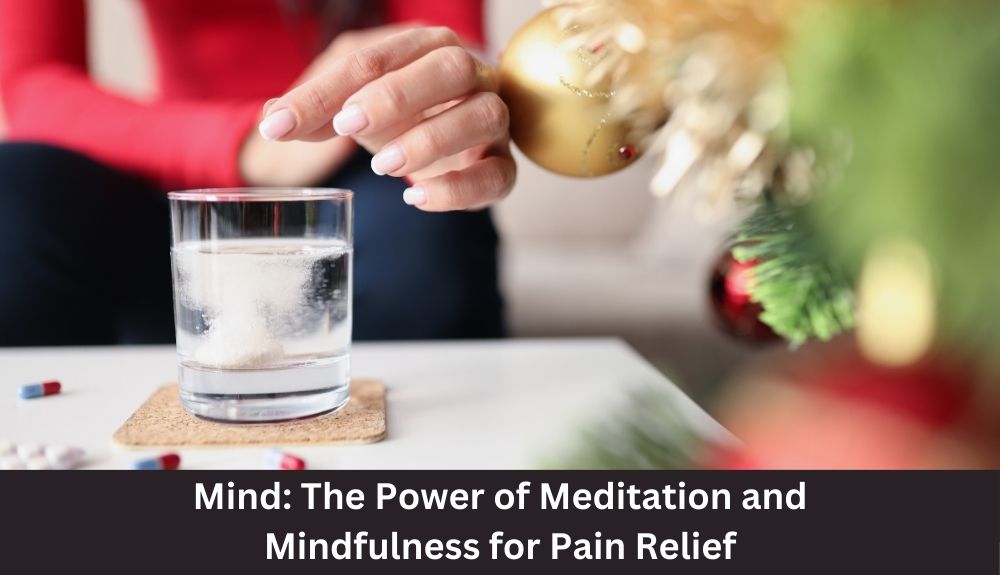
In the realm of pain management, the mind plays a powerful role. Meditation and mindfulness techniques have been increasingly recognized for their effectiveness in alleviating physical discomfort. By training your mind to focus on the present moment, you can cultivate a sense of calm amidst the storm of pain.
Meditation allows you to observe sensations without judgment or resistance, creating a space where pain can be acknowledged and released. Mindfulness practices help rewire the brain’s response to pain signals, reducing overall suffering and enhancing quality of life.
Through regular practice, individuals can develop resilience towards pain by strengthening their ability to tolerate discomfort without becoming overwhelmed. The beauty of meditation lies in its accessibility – anyone can learn these techniques regardless of age or physical condition.
By incorporating mindfulness into your daily routine, you empower yourself with a valuable tool for navigating through moments of distress with grace and ease.
Body: Incorporating Movement and Exercise into Your Pain Management Plan
Are you looking for a natural way to manage your pain? Incorporating movement and exercise into your daily routine could be the key to finding relief. Physical activity not only strengthens your body but also helps release endorphins, which are natural painkillers.
Whether it’s gentle stretching, yoga, or low-impact activities like swimming or walking, finding what works best for you is essential. Keep in mind that consistency is key when it comes to reaping the benefits of exercise for pain management.
Don’t push yourself too hard; listen to your body and start slowly. Gradually increase the intensity and duration of your workouts as you build strength and endurance. Remember, every little bit counts when it comes to staying active and managing pain effectively.
By incorporating movement and exercise into your holistic approach to pain management, you’re taking proactive steps towards improving both your physical well-being and overall quality of life.
Spirit: Utilizing Alternative Therapies such as Acupuncture and Reiki for Pain Relief
When it comes to addressing pain, exploring alternative therapies like acupuncture and Reiki can open up a whole new world of possibilities. Acupuncture, an ancient Chinese practice involving the insertion of thin needles into specific points on the body, is believed to help restore balance and promote healing. Many individuals find relief from chronic pain conditions through regular acupuncture sessions.
On the other hand, Reiki, a form of energy healing originating from Japan, focuses on channeling positive energy to reduce stress and alleviate physical discomfort. By tapping into the body’s innate ability to heal itself, Reiki practitioners aim to bring harmony and relaxation that can contribute to managing pain effectively.
Both acupuncture and Reiki offer holistic approaches that treat not just the physical symptoms but also address underlying imbalances in the body’s energy systems. By incorporating these alternative therapies into your pain management plan, you may discover a unique path towards greater well-being and relief from persistent discomfort.
A Holistic Lifestyle for Long-Term Pain Management Success

Embracing a holistic lifestyle is key to achieving long-term success in managing pain. It’s about nurturing your mind, body, and spirit in harmony. Start by focusing on nourishing foods that support overall well-being. Incorporate anti-inflammatory ingredients like turmeric and ginger into your meals.
Regular physical activity is crucial for maintaining flexibility and strength, which can help alleviate chronic pain. Find activities that bring you joy, whether it’s yoga, swimming, or simply taking a daily walk in nature. Remember to listen to your body and adjust the intensity of your workouts accordingly.
Taking care of your mental health is equally important when it comes to managing pain holistically. Practice mindfulness meditation techniques to cultivate inner peace and reduce stress levels. Engage in hobbies that bring you happiness and relaxation.
Exploring alternative therapies like acupuncture or Reiki can also complement traditional treatments for pain relief. These practices focus on restoring energy flow within the body, promoting healing from within. By embracing a holistic lifestyle centered around self-care and balance, you can empower yourself to navigate the challenges of chronic pain with resilience and grace.
Conclusion
Holistic approaches to pain management that encompass the mind, body, and spirit offer a comprehensive way to address and alleviate pain. By understanding the interconnectedness of these three aspects, individuals can optimize their well-being and quality of life.
Through practices like meditation and mindfulness for the mind, movement and exercise for the body, as well as alternative therapies like acupuncture and Reiki for the spirit, a holistic lifestyle can be cultivated to manage pain effectively in the long term.
By adopting a holistic approach to pain management, individuals not only treat symptoms but also address underlying causes while promoting overall health and wellness. Embracing this integrative perspective can lead to improved outcomes and a more balanced state of being.
In essence, by nurturing the mind, caring for the body, and tending to the spirit in harmony with one another, individuals can embark on a journey towards holistic healing that extends far beyond just managing pain – it paves the way for a fulfilling life rich with vitality.

